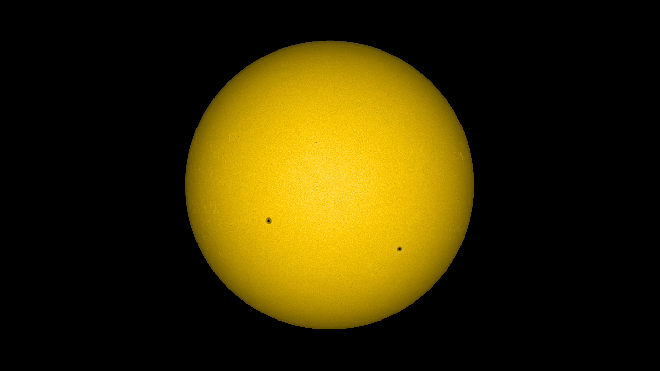|
 Click for today's look. |
Planets:
No planets are up early night. They are only coming in the Fall.
******
News
1. Red novae are
merging
stars!
2. New models of the NASA's DART
impact reshaping the asteroid moon
Dimorphos show that this object is 'rubble
all the way down'.
3. New
moons of Uranus and Neptune have
been discovered.
4. One of the stars we
observe in the labs (during the winter),
eta Geminorum, is orbited by two
companion stars, one of which is
surrounded by a recently
discovered disk of dust .
*****
Unusual events and objects
(Students might want to ask help in how to use the coordinates, ephemerids and finder charts.)Comet 12P/Pons-Brooks is observable at dusk (in the West, under Jupiter) with binoculars.
For a finder chart, click the 'Observable comets' link below.







